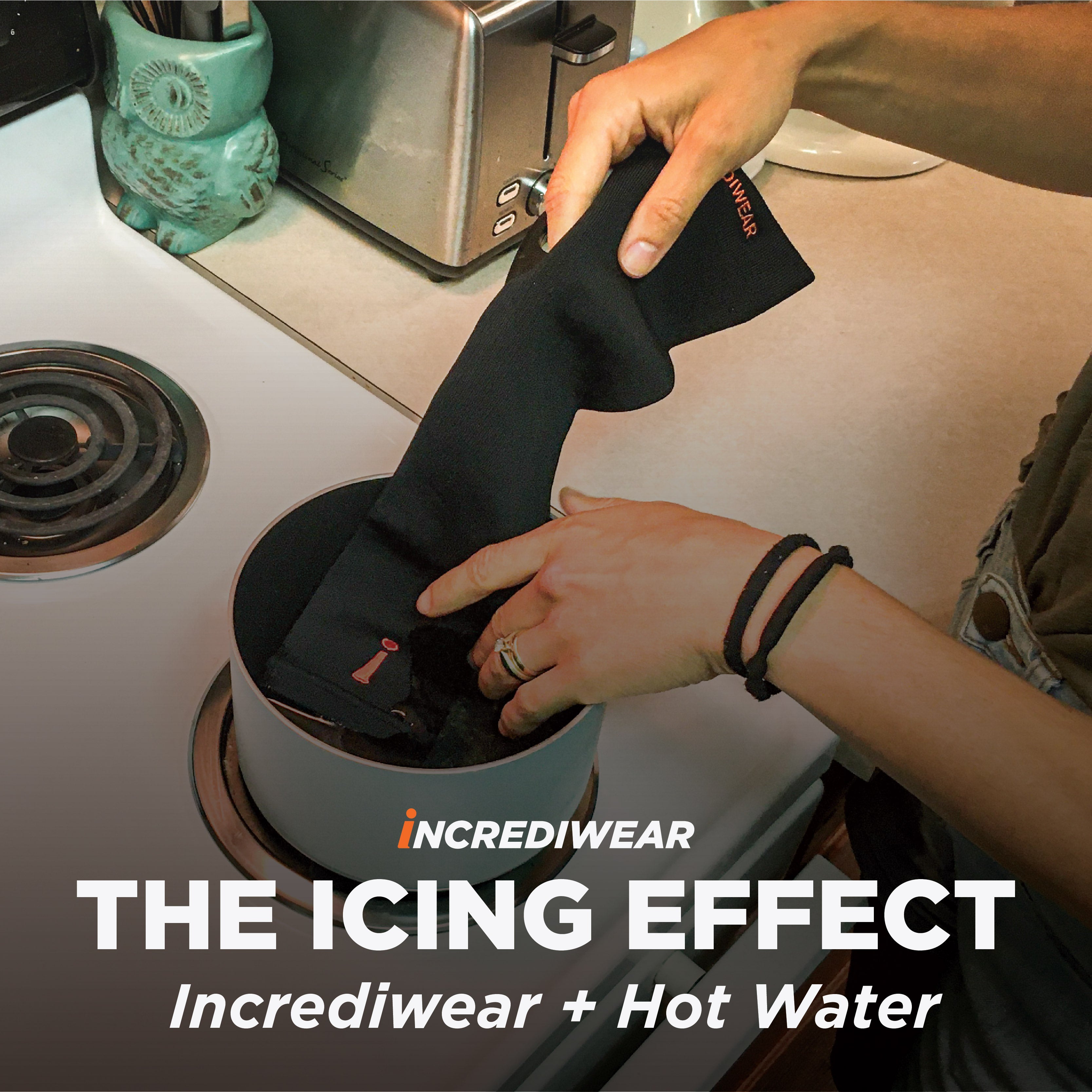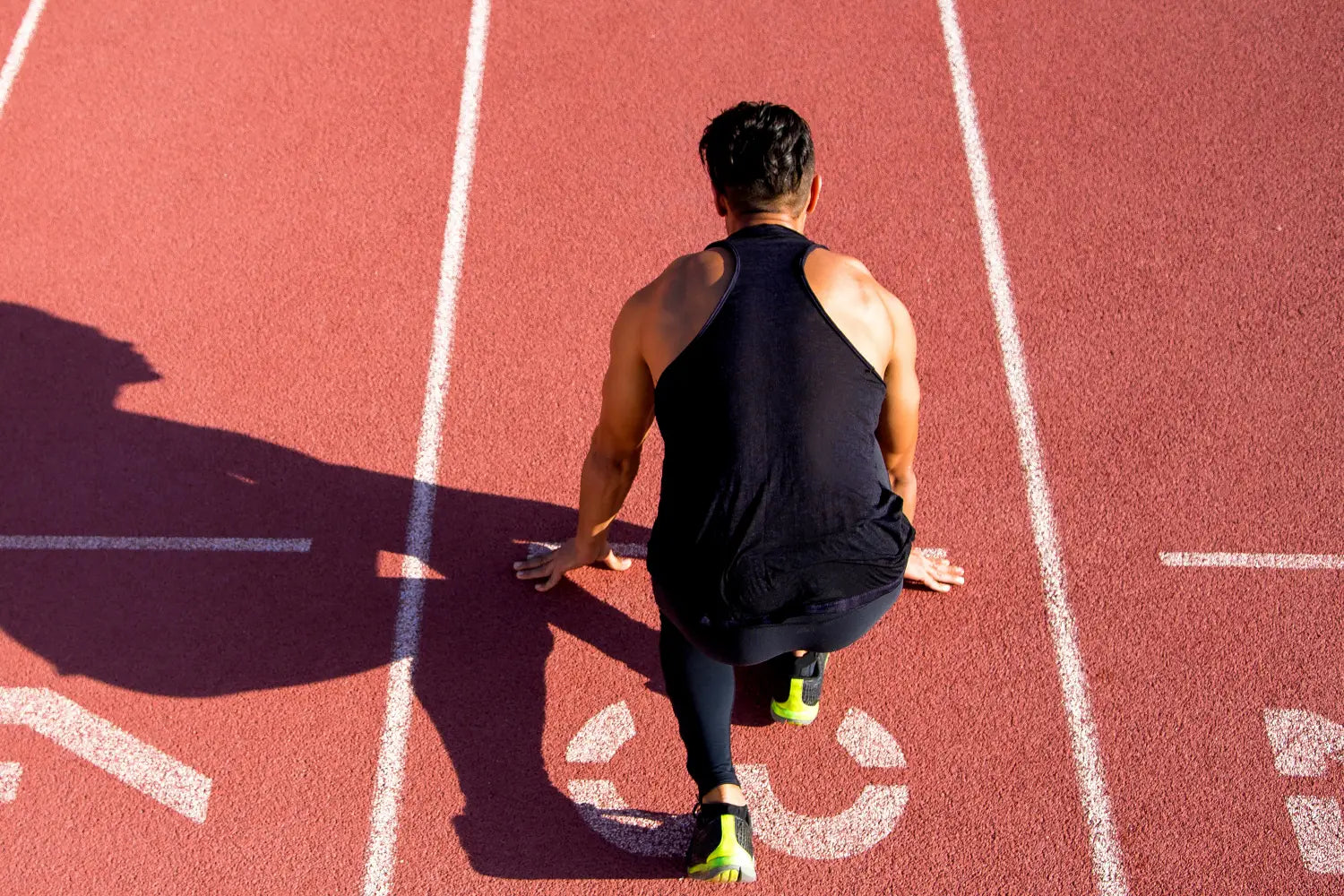Medically Reviewed By | Dr. Kate Panawash, PT, NCS, DPT
Crossing the finish line after a grueling race is an indescribable sensation. The culmination of weeks, months, or even years of training and dedication results in that moment of pure, unbridled joy. But as the initial rush of accomplishment fades, an essential aspect of the racing journey comes into focus: recovery.
Completing a race is just half the story. The steps you take immediately after and in the following days are crucial to your physical health, future performance, and overall well-being.
Prioritizing post-race recovery ensures your body and mind are primed and ready for the next challenge.
The Physiology of Racing
During a race, your body operates at its peak, often pushing past its regular limits. Your muscles are constantly contracting and expanding, which results in microscopic tears. Though this is a natural process that can lead to muscle growth and strengthening, it can also cause temporary pain and soreness.
Additionally, races, especially those of long durations, can deplete the body's energy reserves and result in dehydration due to excessive sweating. This combination of muscle wear, energy depletion, and dehydration means your body undergoes significant physical stress during a race, warranting a structured and thoughtful recovery process.
What Happens After a Race?
As you complete a race, the body often experiences a surge of adrenaline. This powerful hormone can temporarily mask feelings of pain, fatigue, and even some injuries. It's not uncommon for racers to feel a deceptive sense of energy in the immediate post-race period.
However, as this adrenaline recedes, telltale signs of the race's demands start to emerge. Your muscles may begin to stiffen, signaling the onset of delayed onset muscle soreness (DOMS). Katelyn Panawash, Doctor of Physical Therapy (DPT) and Board Certified Neurologic Clinical Specialist (NCS), notes that “DOMS usually sets in 24 to 48 hours post-race. The recovery you do then can help reduce the severity.”
Feelings of extreme thirst or dry mouth can indicate dehydration, while an overwhelming sense of fatigue underscores the body's dire need for rest and recovery. Recognizing and attending to these initial signs is the first step toward a successful post-race recovery.
How To Recover After a Race?
Recovery is an art backed by science, and understanding the best practices can be pivotal in getting back on your feet faster and more efficiently.
Here are some top techniques that have garnered attention for their effectiveness:
- Active Recovery: Gentle activities like walking or slow cycling the day after a race can aid in flushing out lactic acid and promoting blood flow to sore muscles. “Even in the time immediately after the race, these activities are good to help lower the heart rate as well as flush out the waste products your body's cells created during the race,” adds Dr. Panawash.
- Hydration and Nutrition: Refilling the body's reservoirs post-race is crucial. Drinking water helps combat dehydration, but depending on the length of the race it may not be enough. “When your body sweats it loses a combination of nutrients, not just water. Replenish your body with electrolytes or other recovery drinks. Look for ones with a variety of vitamins and minerals listed and pay close attention to the amount of added sugar, as you may want to limit that,” Dr. Panawash advises. She also emphasizes prioritizing well-balanced, nutrient-rich meals, as consuming proteins and carbs helps in muscle repair and energy restoration.
- Stretching: Gentle stretches can aid in releasing muscle tension and enhancing flexibility. Post-race, focusing on dynamic stretching and some light yoga can be particularly beneficial.
- Sleep: Never underestimate the power of a good night’s rest. Sleep is the body's natural repair mechanism. Aim for quality sleep to allow muscles and tissues to heal.
- Innovative Recovery Gear: Some athletes have turned to advanced recovery aids to optimize their post-race recuperation. For instance, Incrediwear offers wearable anti-inflammatory therapy that doesn't rely on compression. By releasing negative ions when stimulated by body heat, our products support circulation and the body’s natural healing process.
Implementing a combination of these techniques can significantly improve post-race recovery. It's all about listening to your body, knowing when to push and when to rest, and equipping yourself with the right tools to maximize healing and readiness for your next challenge.
Signs You Haven't Recovered Properly
Ensuring a proper recovery is paramount, but how can you tell if your efforts have fallen short? Recognizing these signs can make the difference between a swift return to form and a prolonged setback:
- Persistent Fatigue: Despite ample rest, you still feel drained and lack energy.
- Lingering Soreness: The muscle discomfort doesn't ease up and extends beyond the expected recovery time.
- Chronic Muscle Tightness: Muscles feel constricted, making it hard to move freely.
- Reduced Motivation: A sudden drop in enthusiasm for training or reluctance to get back into the routine.
- Mental Fatigue: Feelings of burnout, irritability, or a looming sense of dread before your next session.
- Decreased Performance: You can't regain your previous performance levels despite rest days and attempts to push through.
- Lowered Immunity: You experience frequent colds, infections, or poor health, indicating a possible compromised immune system.
Spotting and addressing these signs promptly ensures your recovery remains on track and helps prevent potential injuries or burnout.
When Should I Return to Training After a Race?
Identifying the right time to lace up and hit the track again can be a delicate balance. While it's vital not to rush the process, waiting too long can also hamper your momentum. Dr. Panawash suggests taking this time to diversify your activity list: “This is a great time to incorporate cross-training into your routine. Try different activities like swimming or yoga that use different muscle groups in the body while also allowing for recovery from the heavy, repetitive motion from race day.” Most importantly, listen to your body and observe any lingering signs from the previous section.
Once those diminish and you feel mentally and physically ready, it's time to consider reintroducing training. And as you do, arm yourself with the best tools. Our Knee Sleeve can be a game-changer for those looking to return to the track.
Designed to support recovery and soothe discomfort, the Knee Sleeve can be worn both during and after activity, providing both relief and post-activity recovery, bridging the gap between healing and performance seamlessly.
Conclusion
Racing is a journey, from the first step of training to the euphoria of the finish line and the following crucial recovery. At Incrediwear, we understand the intricacies of this journey. It's not just about pushing your limits but knowing when to pull back, recuperate, and equip yourself with the right tools.
Recovery is as integral to the racing journey as the race itself. Embrace it, prioritize it, and you'll find yourself better positioned for every future challenge, both on the track and beyond.
Sources:
The Physiology of Marathon Running | PCM
The Truth Behind ‘Runner’s High’ and Other Mental Benefits of Running | Johns Hopkins Medicine
Read more

Medically Reviewed By | Dr. Kate Panawash, PT, NCS, DPT Repetitive motion injuries have become an increasingly common ailment in our contemporary world, thanks in no small part to the demands of ma...

Medically Reviewed By | Johannah Gregg, DNP FNP-C What Are Incrediwear Sleeves and How Do They Work? Incrediwear technology is based on negative ions. Our fabric is embedded with Carbon and Germani...






Leave a comment
All comments are moderated before being published.
This site is protected by hCaptcha and the hCaptcha Privacy Policy and Terms of Service apply.